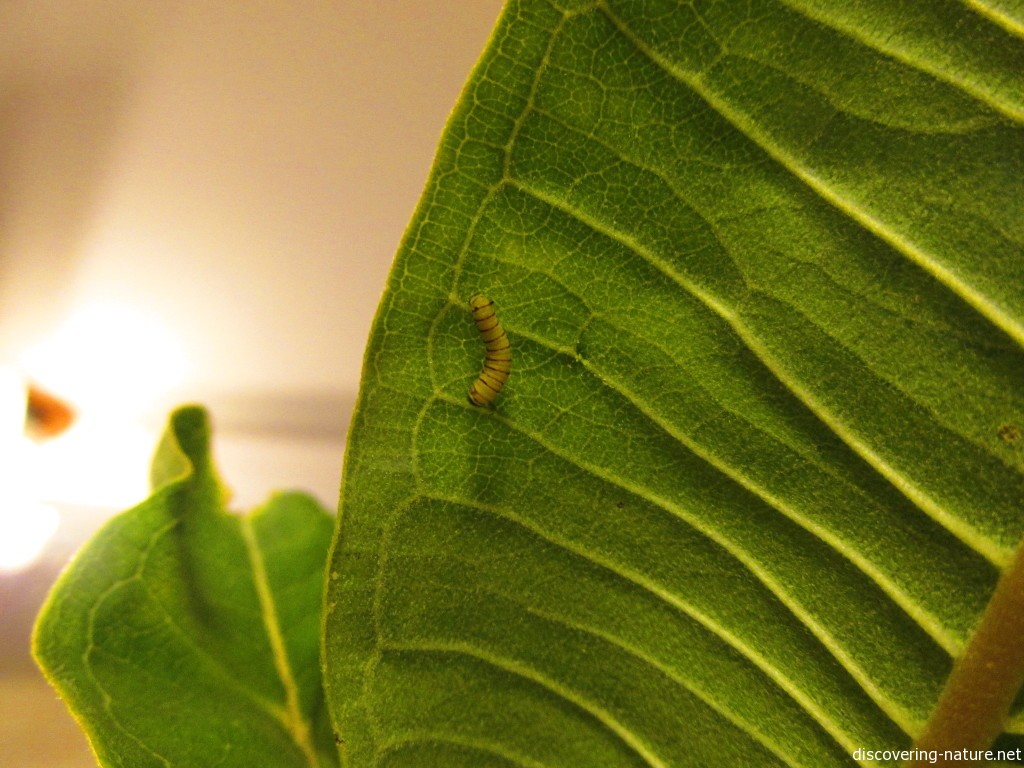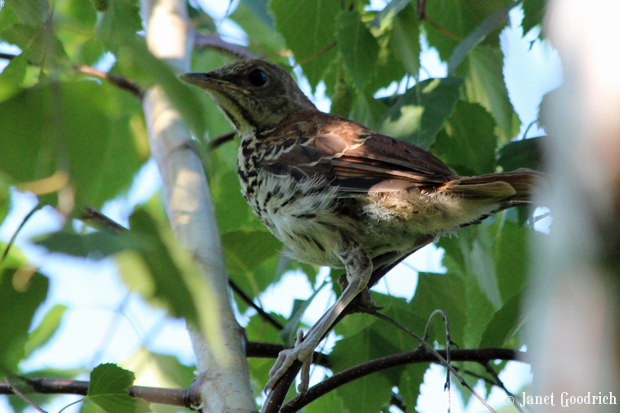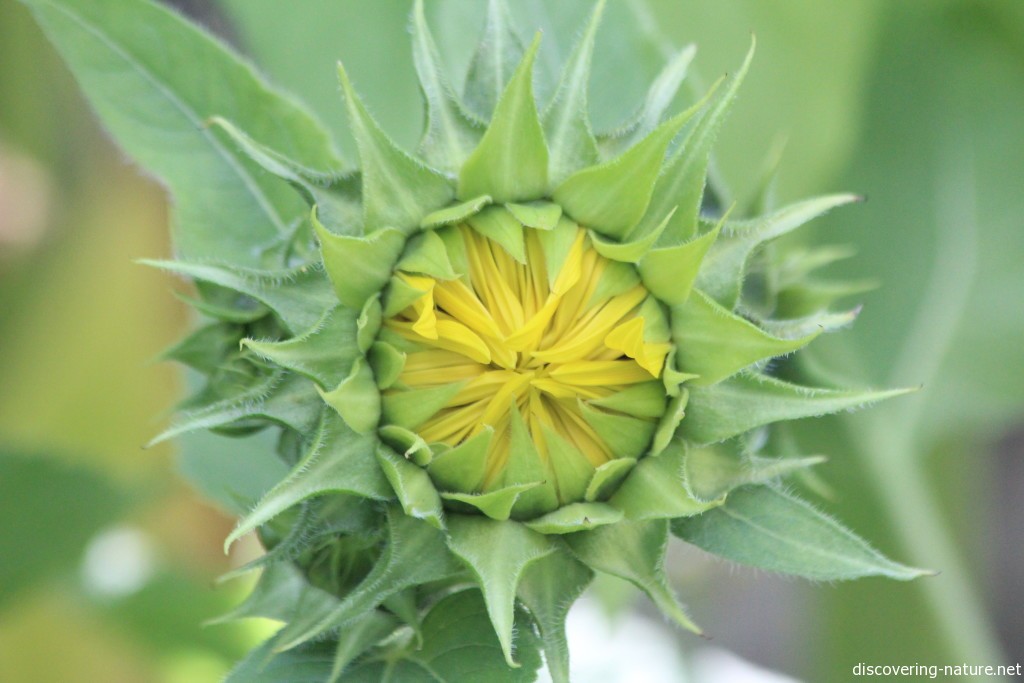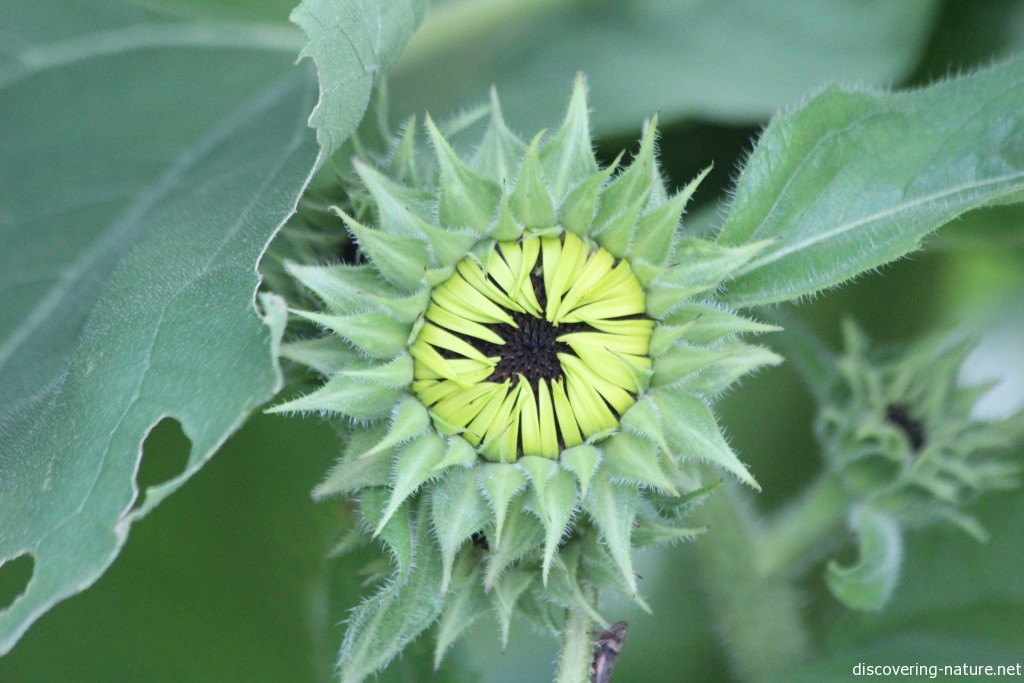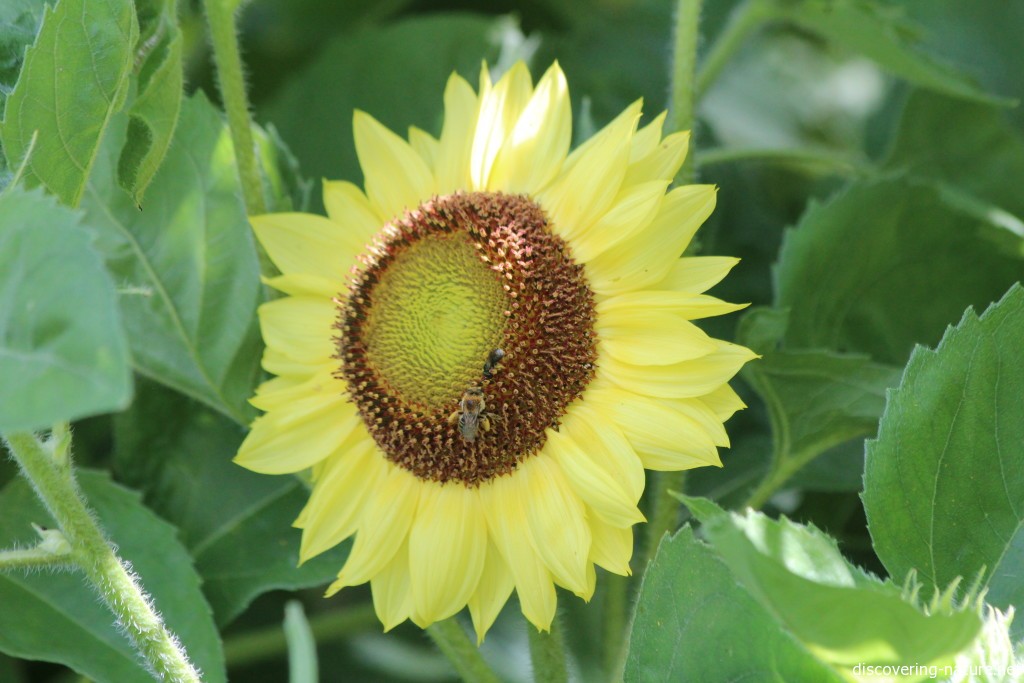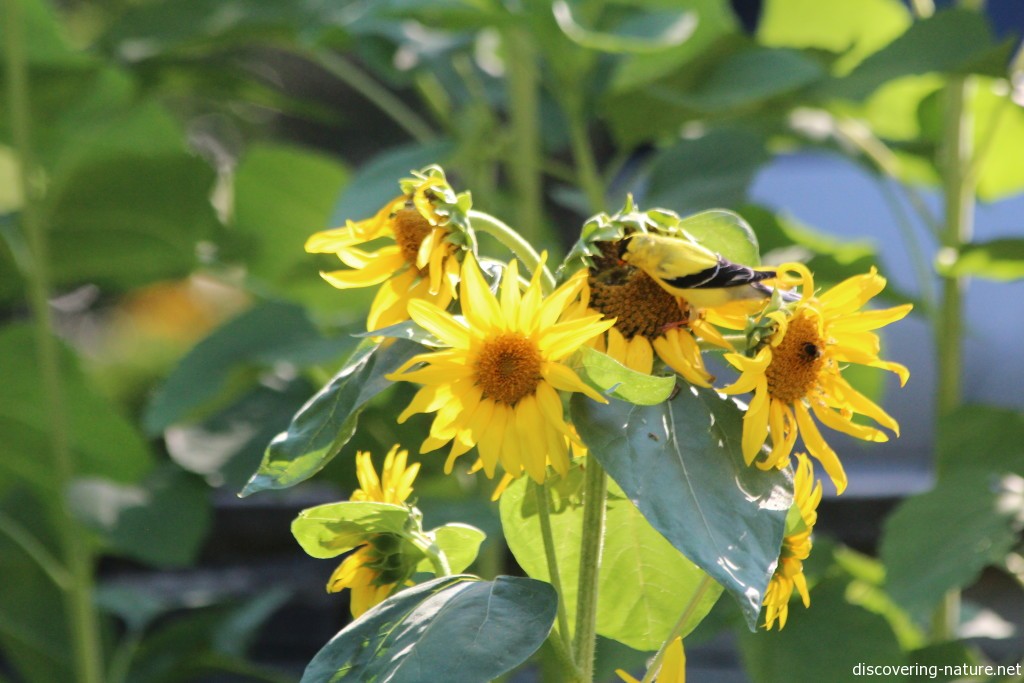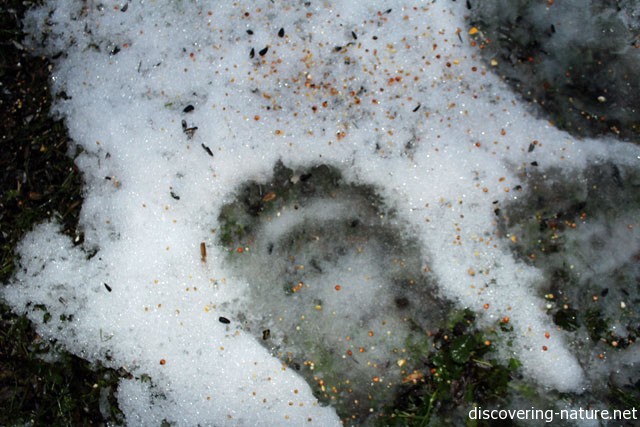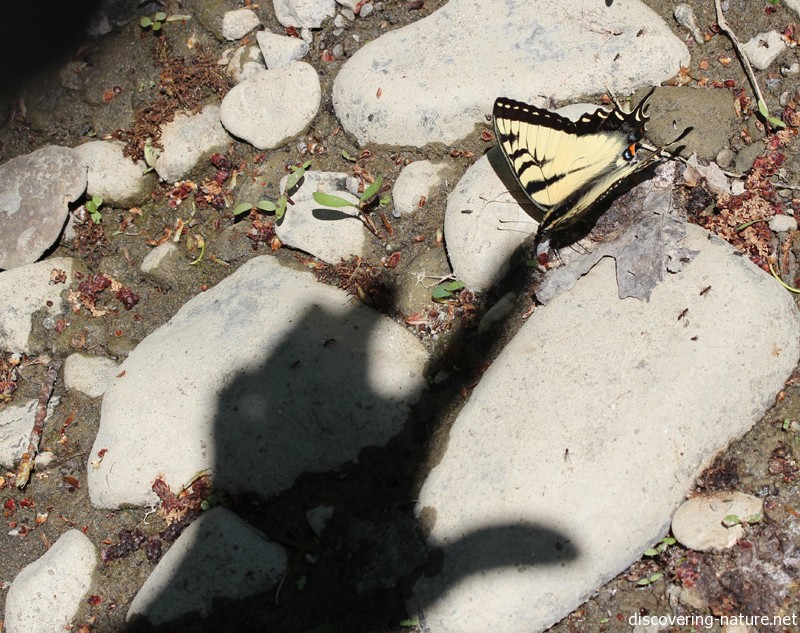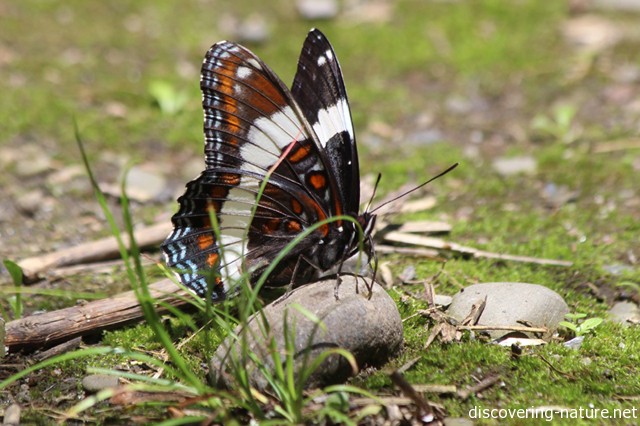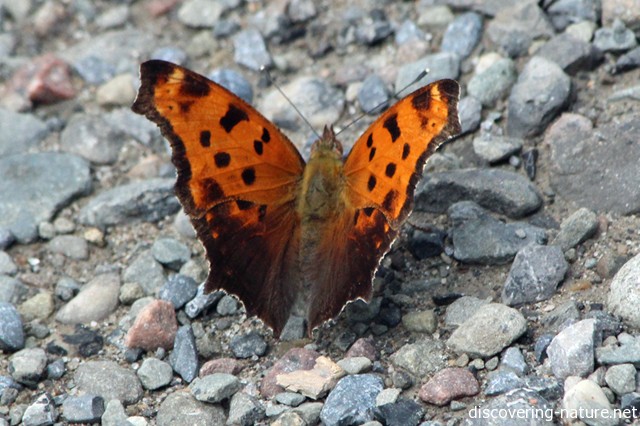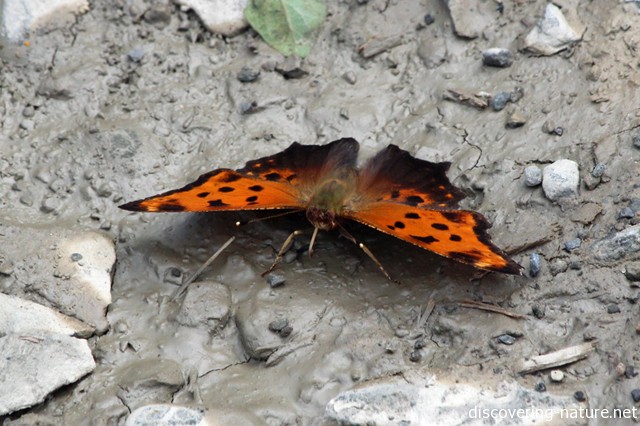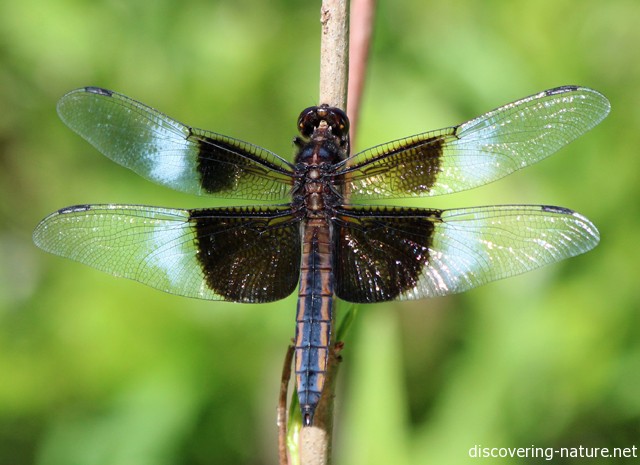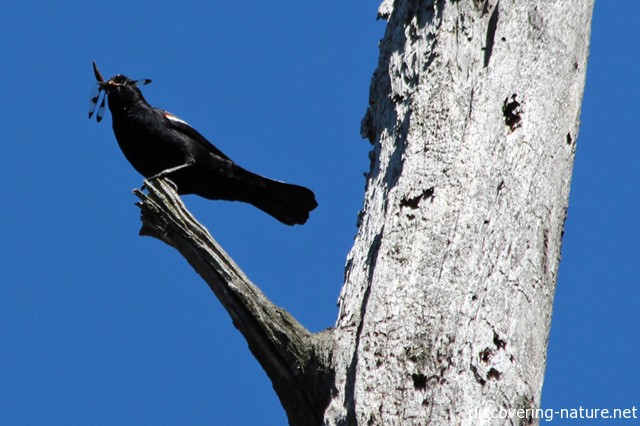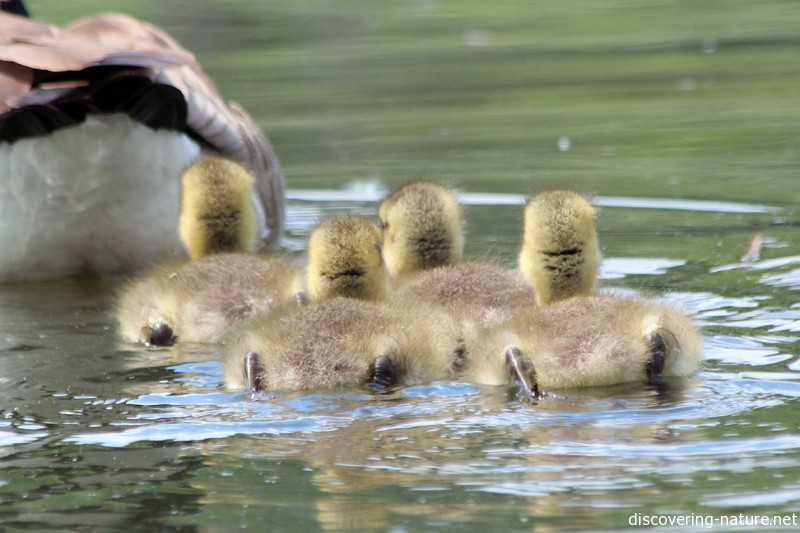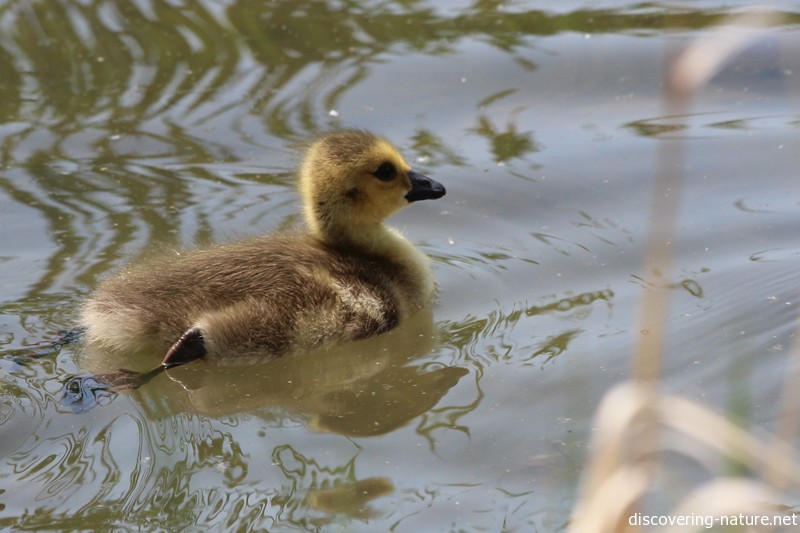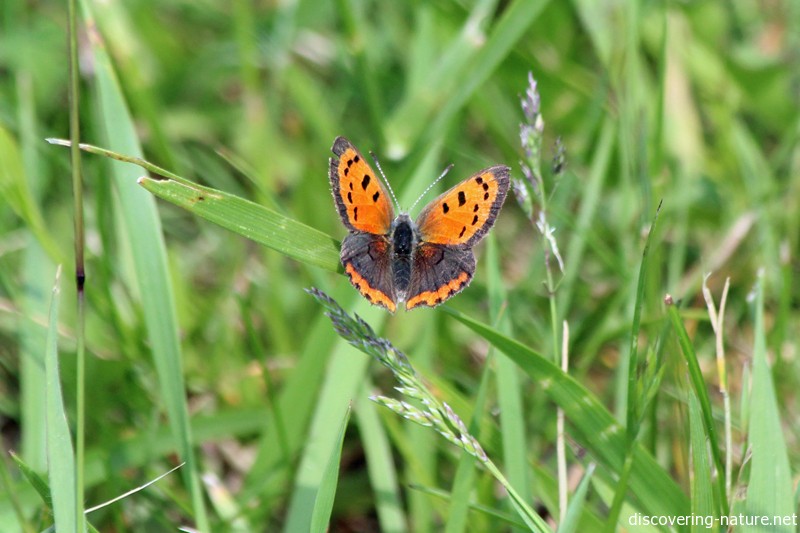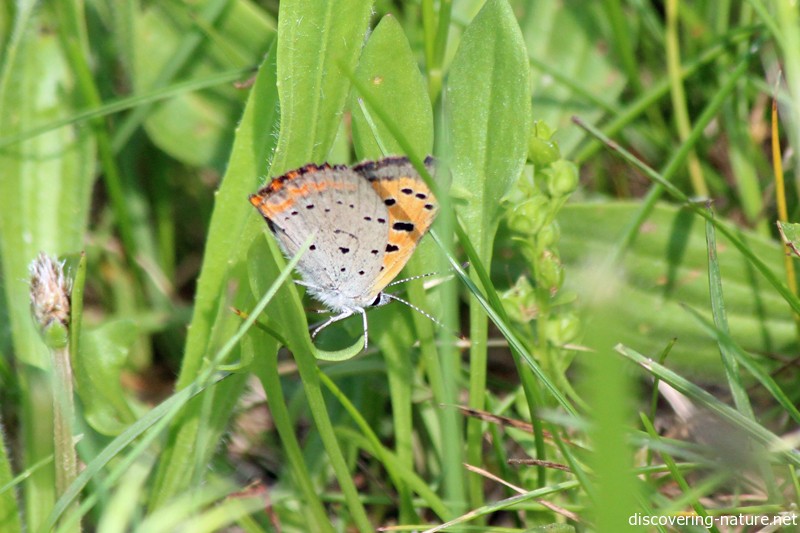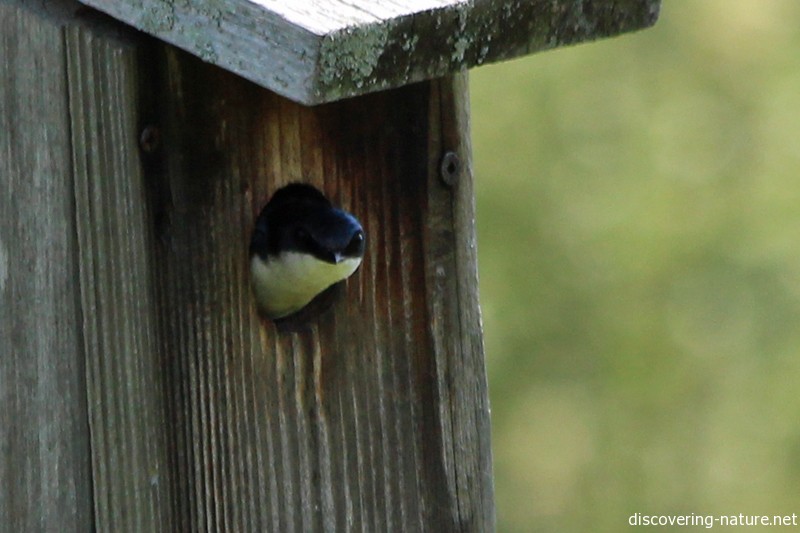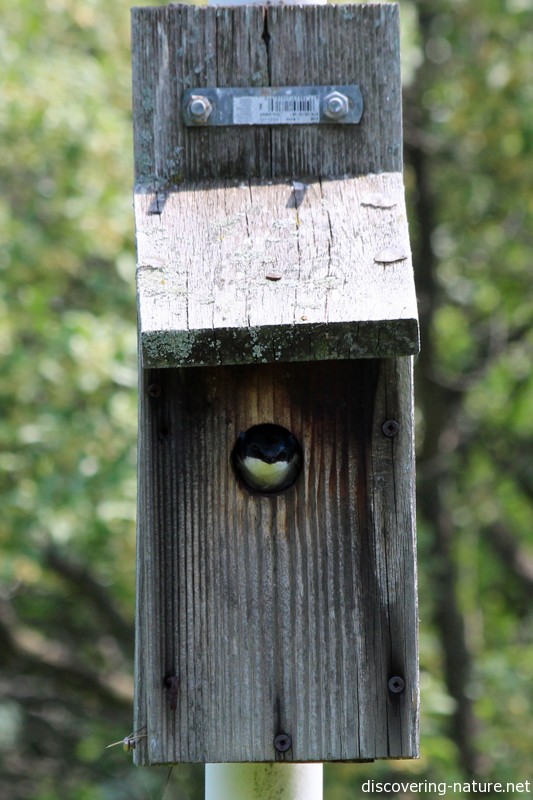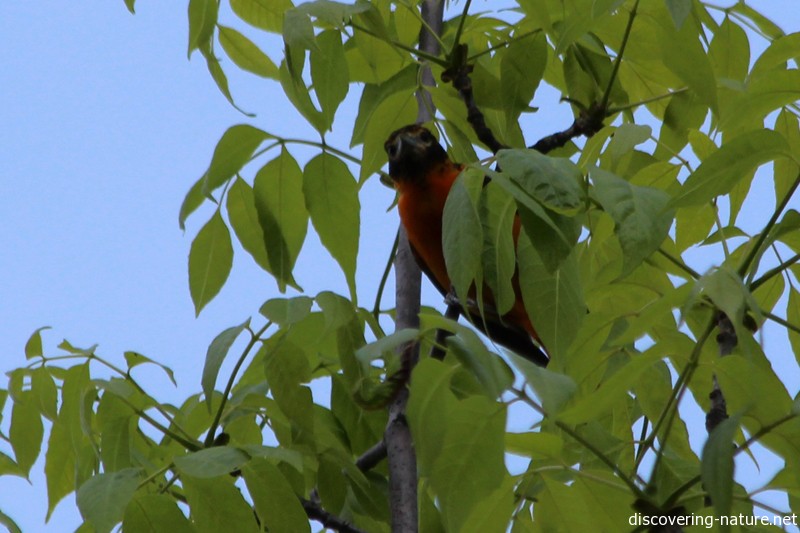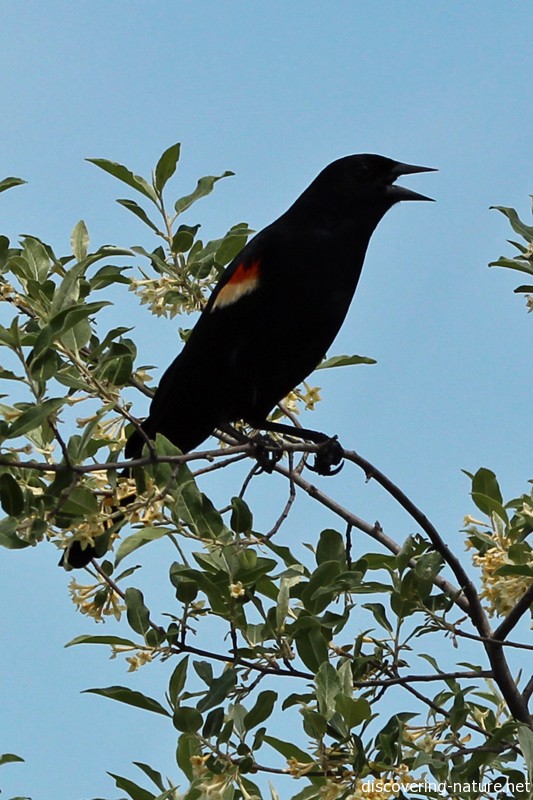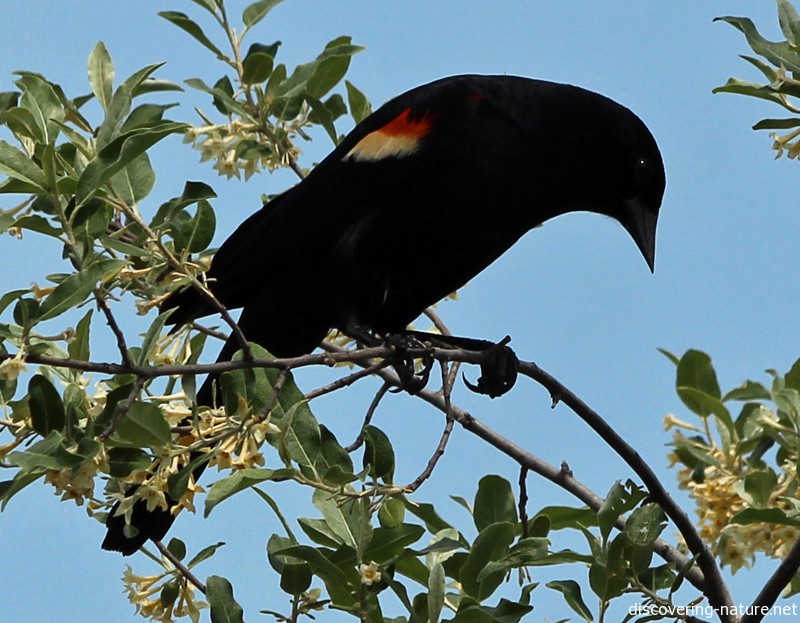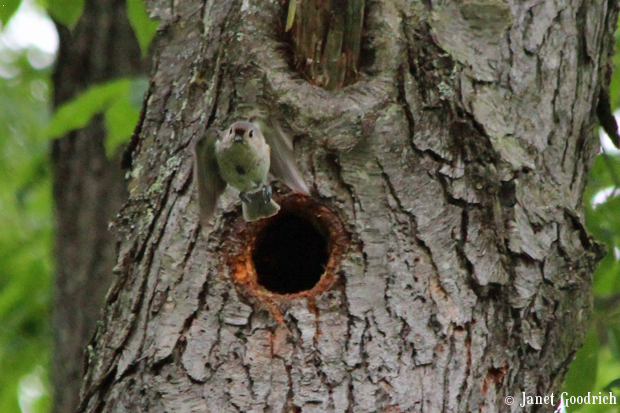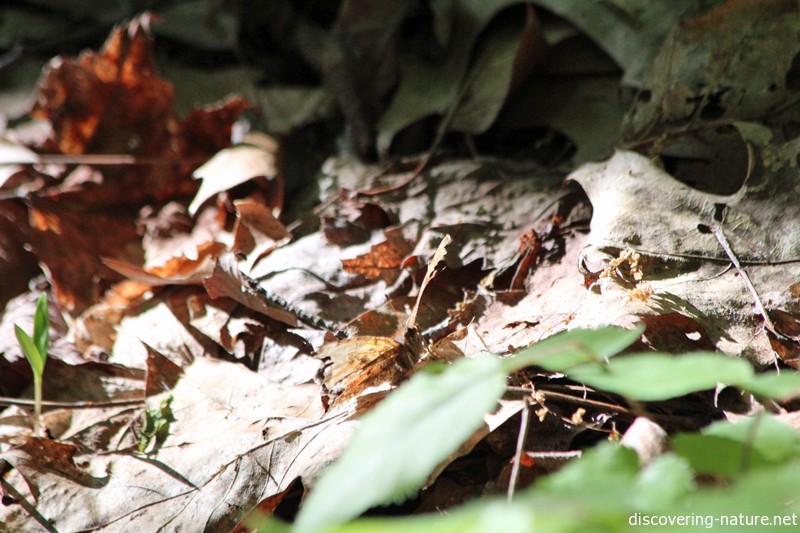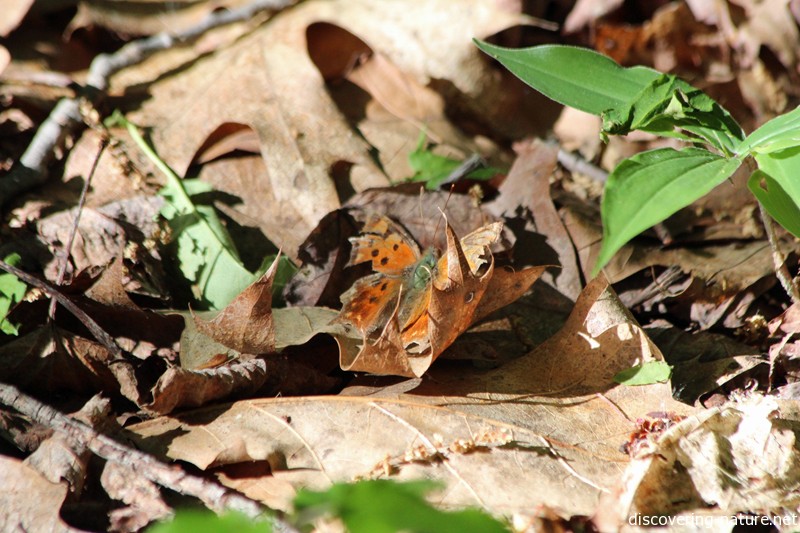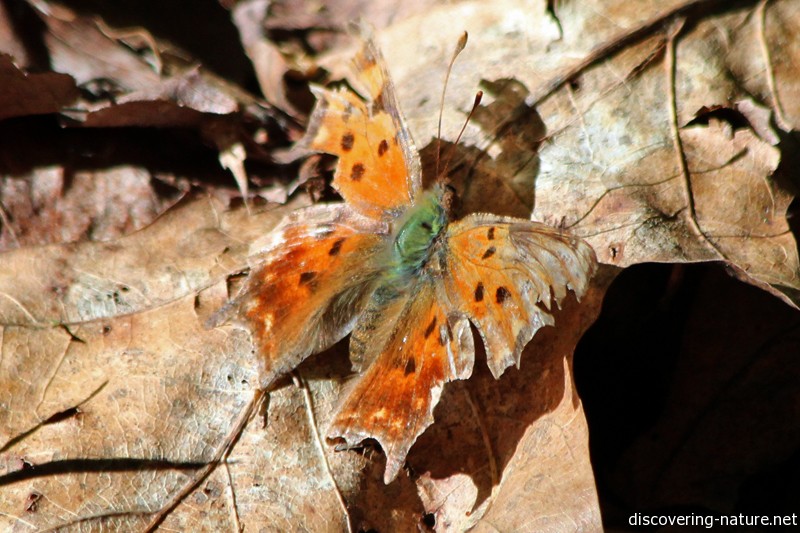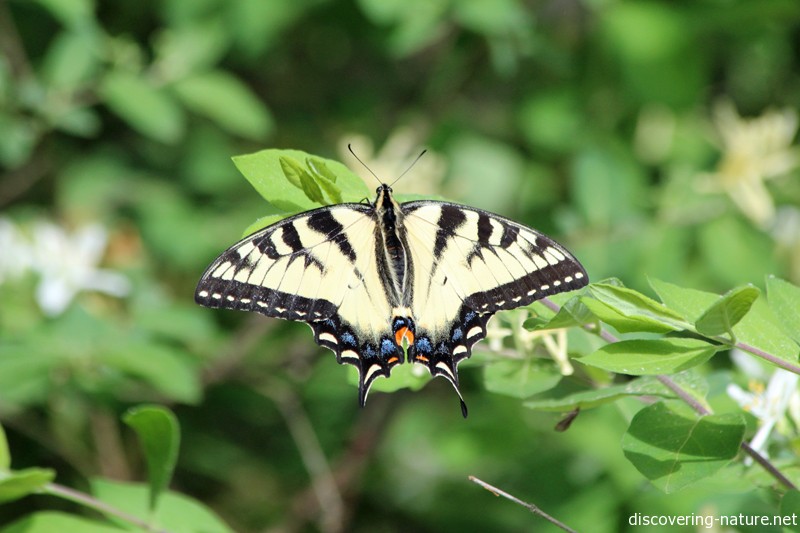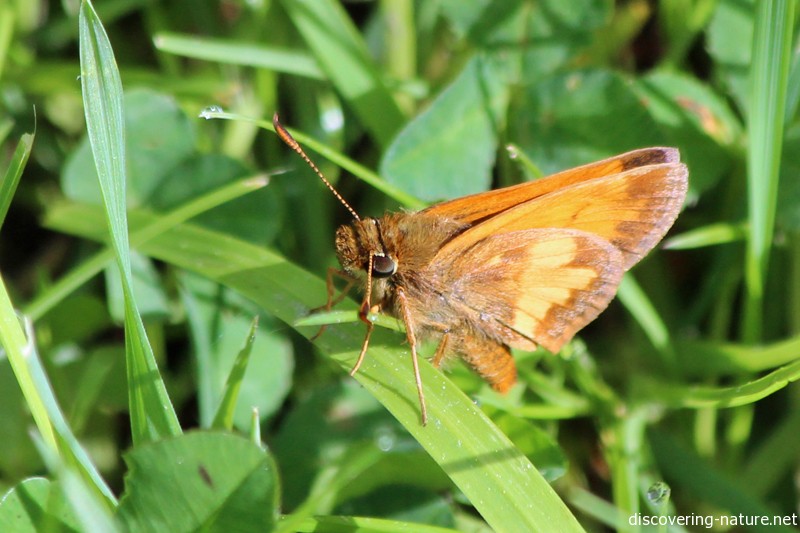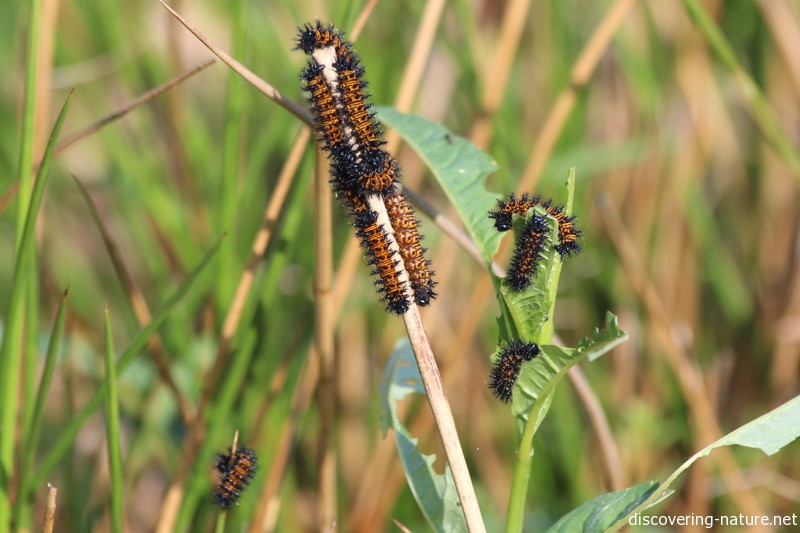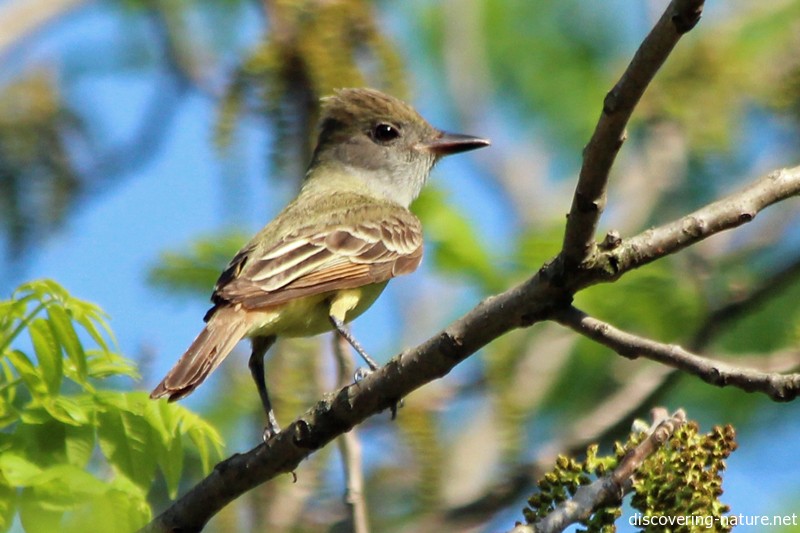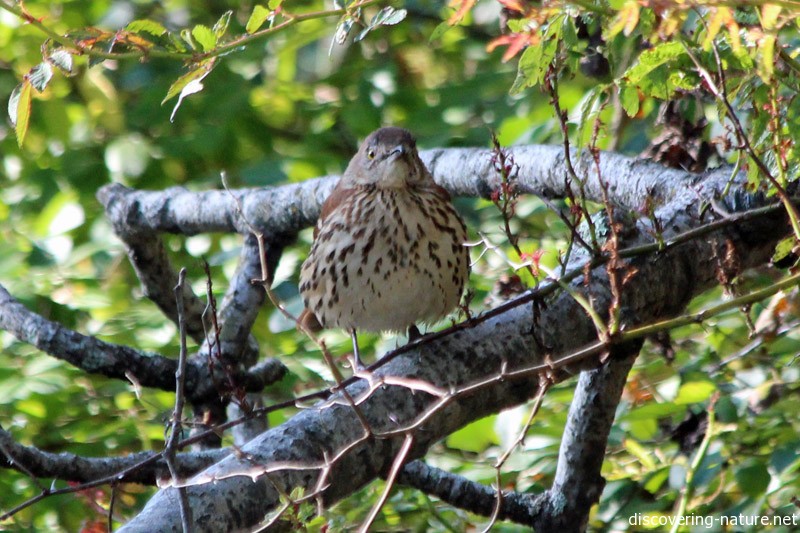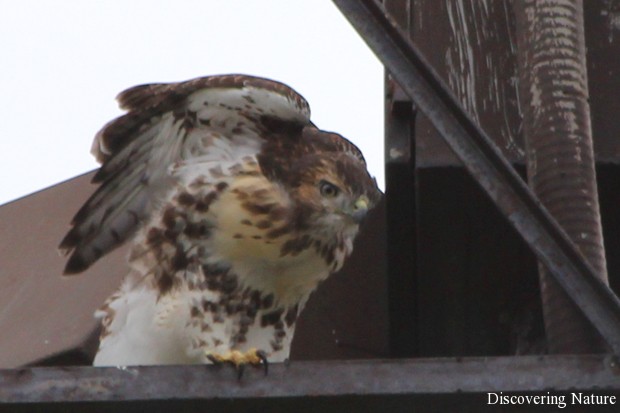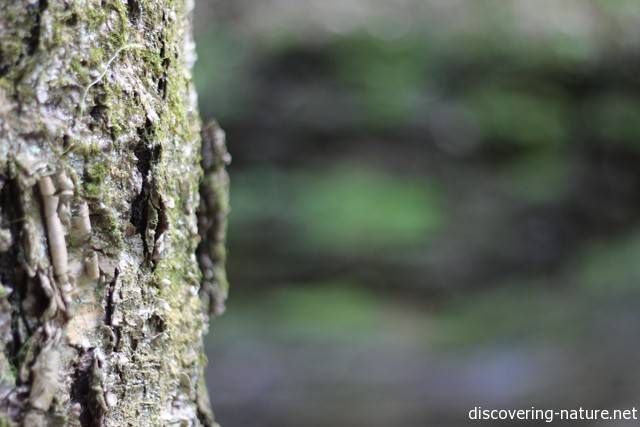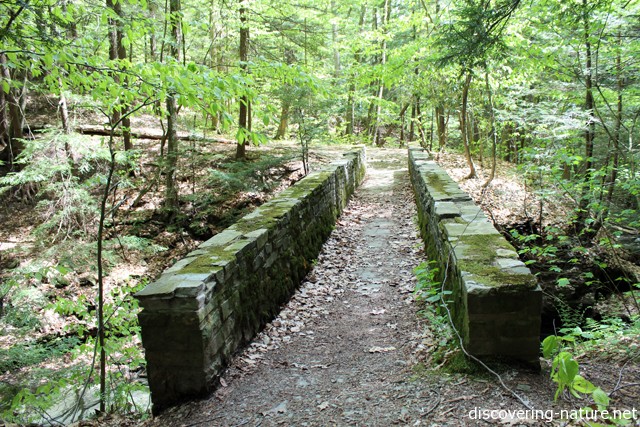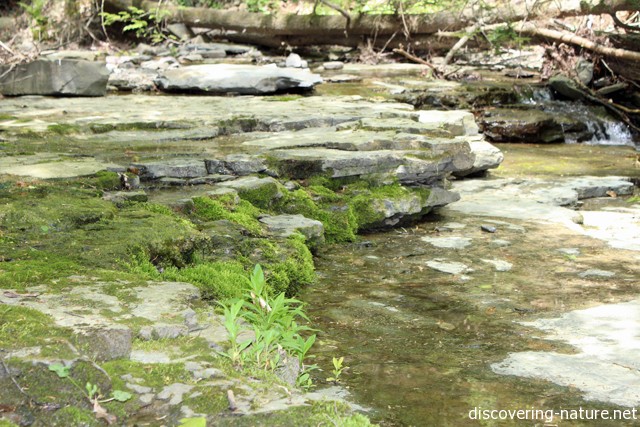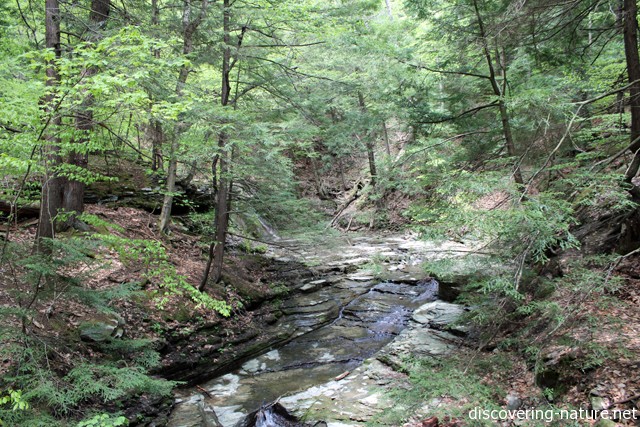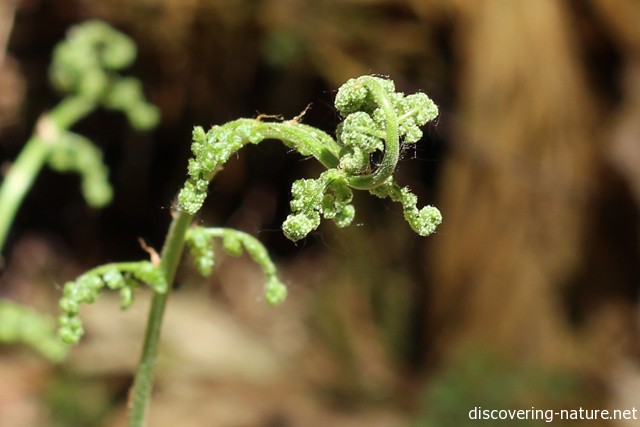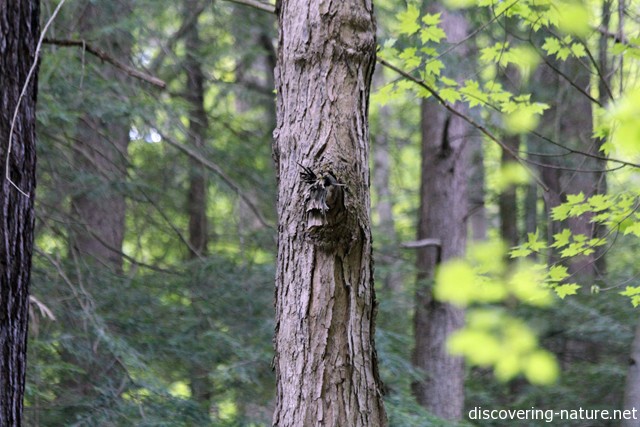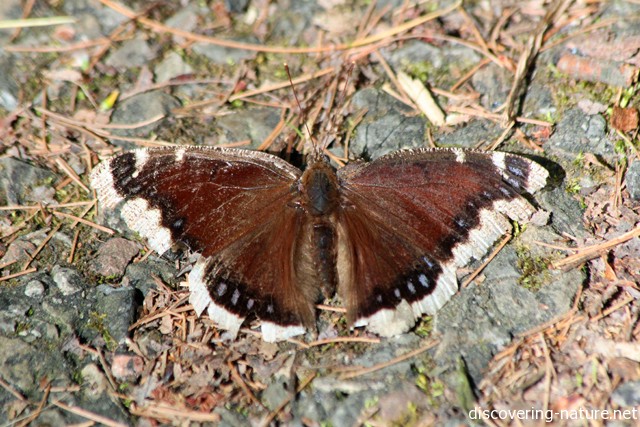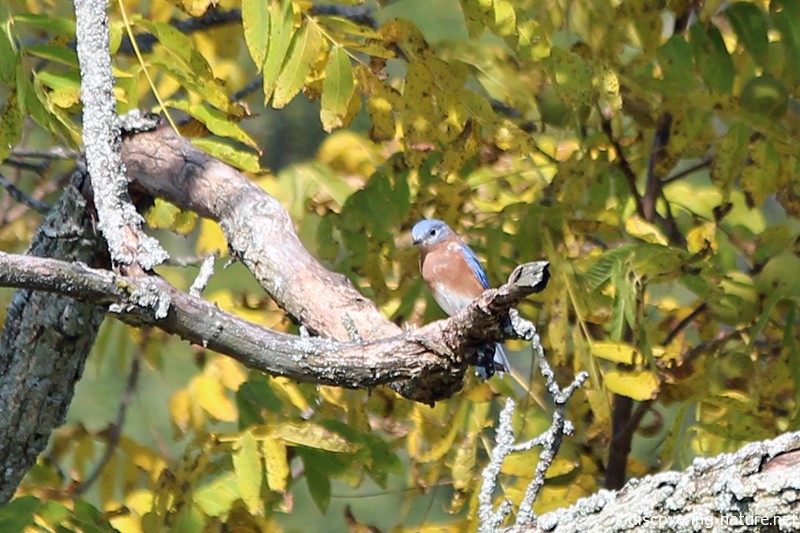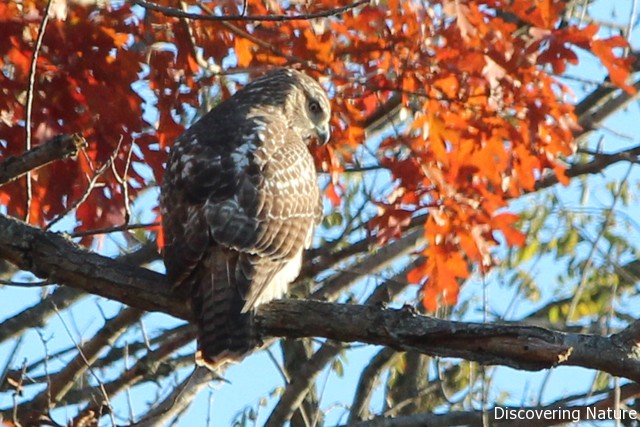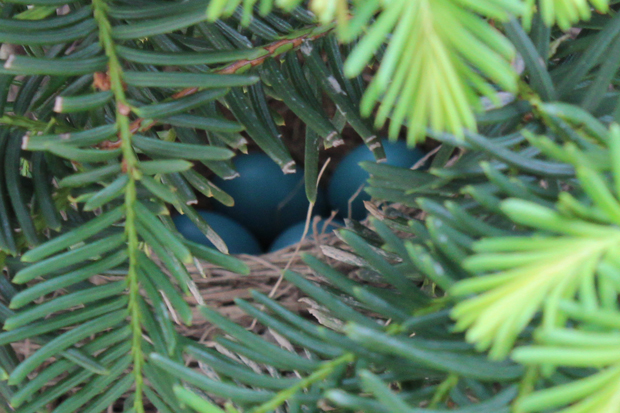Butterflies & Moths
-
A friend for Ted
-
Monarch of the Kitchen
We named this monarch caterpillar Ted. I’ve been wanting to find one (or more) to observe the process of caterpillar-to-butterfly again; we didn’t do it last year, but for several years prior to that we did.
The biggest monarch extravaganza was in 2011, when we shepherded about 20 monarchs to butterflyhood. I wrote about it on my other blog in this series of posts. I was embarrassed at the time, recognizing how excessive that was — but then in September our area was hit by a massive flood that completely covered the valley where we’d found all the caterpillars. We saved 20 of them, at least. And we had a blast!
This year I definitely envision a smaller operation! But if we should find a friend or two for Ted in this short period of feeding on milkweed, sleeping, and growing by leaps and bounds before making a chrysalis, we certainly have the room. (Edited to add: we added one more, pictured here.)
Meantime, sweet dreams, future butterfly.
-
Big leaf, small butterfly
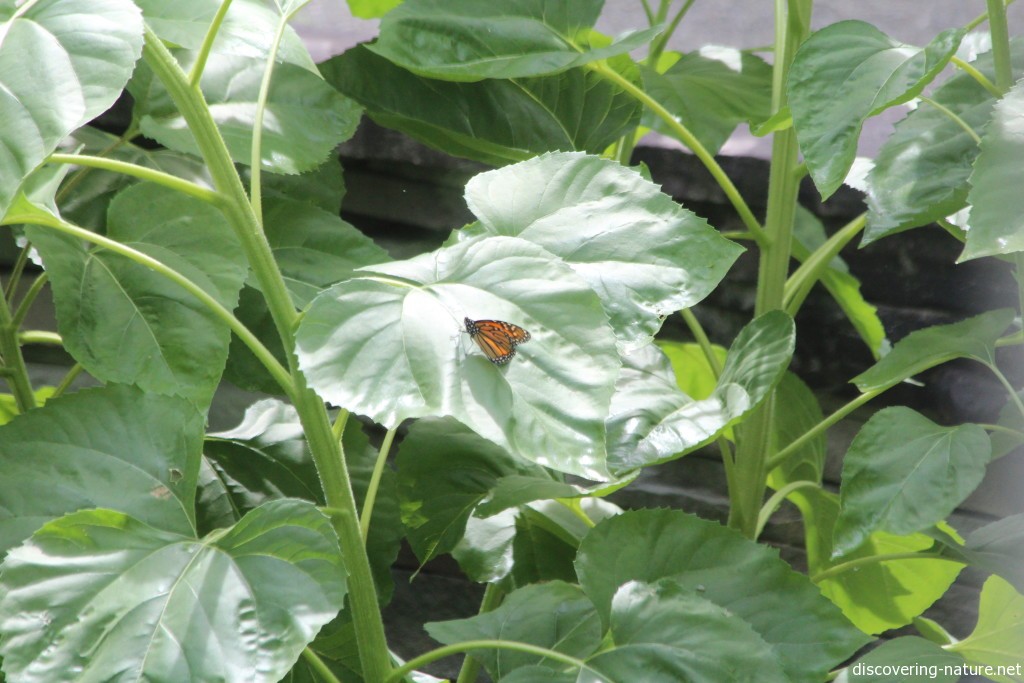 For the first time in the 15 years we’ve lived here, sunflowers actually came up. Always before the chipmunks ate them when they were mere sprouts, but these are at least 12 feet tall and just starting to bloom.
For the first time in the 15 years we’ve lived here, sunflowers actually came up. Always before the chipmunks ate them when they were mere sprouts, but these are at least 12 feet tall and just starting to bloom.We have a hedge of shorter varieties too.
I join the goldfinches, bees, and butterflies in my fondness for these bright flowers.
-
Touching nature
-
Things with wings
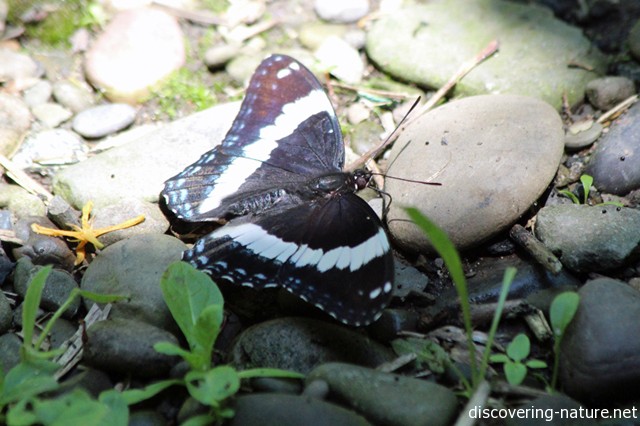
White Admiral? This butterfly posed nicely for me. I’m guessing it’s a white admiral.
This next one is a question mark butterfly, named after the small white mark on its underwing. Who’d guess that such a beautiful creature would sip mud?
We’ve seen a few dragonflies lately too. I’m no expert on dragonflies, but I find that the exquisite veining of their wings, their amazing diversity, and their armored bodies, always interest me.
This one’s armored body did it no good against a canny blackbird…
-
Tanglewood
Sometimes, even the tail end of wildlife can be pretty cute…
…but then, goslings are cute from all angles.
Other things, close-to-the-ground, may require a certain perspective to be seen as “cute.” At the least, they’re indisputably well adapted.
We saw any number of butterflies, including this tiny specimen — which I believe to be an American Copper.
We were not only the observers at the Nature Center we visited today, however. Sometimes, we were the observed.
I think this is a young tree swallow. It didn’t take off the way I’d expect an adult to. It just observed us keenly.
This young oriole was one of a pair of males. They appeared to be getting along equably, then suddenly the mature one chased the immature one off across the field.
I enjoyed the red-winged blackbirds around the pond.
They seem common enough, yet I find them very pleasing to the eye.
One of the first things we saw was a bluebird — our state bird. On our walk we saw any number of chipmunks in the woods, and witnessed a drama between a blue jay and several great crested flycatchers darting and screaming at him until they finally chased him away. We also saw some downy woodpeckers, and lots of evidence of woodpecker carving in the trees. The prize was a sighting of a red-eyed vireo — a bird often heard but rarely seen. It sang right over our heads for a while, pausing only to smash a caterpillar to pulp at one point.
We heard several birds we never saw: oven birds, chestnut-sided warblers, a prairie warbler, a house wren, a common yellowthroat, a cardinal. A few months ago, a robin sighting would have been a highly prized assurance of spring; today we saw many robins without a second thought. A yellow warbler posed nicely for pictures (which I’ve posted in the preceding post).
Fortunately we got by without seeing a timber rattler. They’re common, but snake sightings in general (especially poisonous ones) are so far an aspect of nature study that has failed to win me over.
Tanglewood, the preserve we visited today, was a bit of a drive for us. It’s a nicely situated place with lots of walking trails and a mixture of meadow, pond and woodland. The grounds are well-kept both outside, and inside the nature center. They have a few captive raptors (a broad-winged hawk, a red-tail, a barred owl and a great horned owl), a possum, and a few other small rodents, birds, and reptiles. They also have an active honeybee colony — very neat to see. The exhibits are much nicer than our local nature center, which is choked with dusty taxidermy specimens, only a few of which are native species. It’s a hodge-podge, really, like someone’s attic full of collected natural artifacts. But at Tanglewood the exhibits are thoughtfully organized and effective as an educational experience.
-
Leaf Litter Secrets
Can you find the butterfly in this picture?
It’s there. Honest. Here, I’ll move a little to the left. See it?
An utterly ravaged question mark butterfly. I posted a brand new one here. This one has obviously weathered some storms. So fragile.
-
Recent Butterflies
-
Pond Walk
My dad took the girls and me for a walk around a different pond yesterday. These are some of the sights.
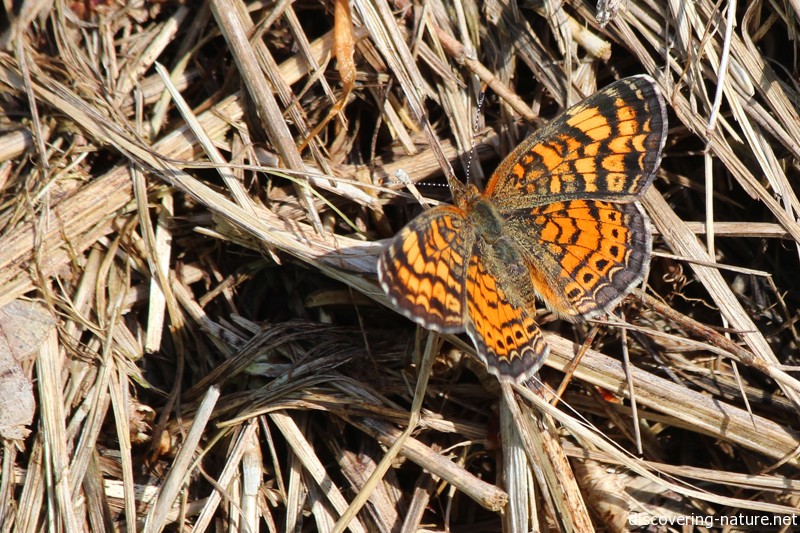
Pearl crescent butterfly Supposedly the underside of the hind wing has a crescent, though I confess I have a hard time seeing it.
There were LOTS of polliwogs — enough that we ended up taking some home in a goldfish bowl to observe.

The Wog Whisperer — my younger daughter 
This photo shows an adult frog chilling on the bottom while the younger generation swarms over it. 
Feeling watched? The fields around the pond were filled with red-winged blackbirds and bobolinks. The bobolinks sang a two-note song, then a long string of gibberish that sounded exactly like R2-D2.
I haven’t tried to identify these caterpillars yet.
Near the car, Older Daughter spotted this tiny moth — and I do mean tiny!
When we got home we identified it as an eight-spotted forester moth.
The day was complete when we pulled into the driveway at home to find some great crested flycatchers. They’ve been around the yard for the last couple of days but they’re hard to get a good look at till they’re on their way out. My youngest spotted this one.
-
Lovely, dark and deep
I took the girls to a preserve yesterday that we haven’t been to in over a year. It contains a gorge and an old growth forest I think of as the Ent Woods. Some of the trees are enormous, and generally speaking it has a dim, brooding air about it.
An old stone bridge spans a stream that runs steeply downhill over a shale bed.
The girls (and the dog) played in the stream while I sat along the edge, watching some chipmunks playing on the steep, mossy far bank, listening to what might have been a grouse ticking somewhere, hearing a warbler I never saw, and admiring the wildflowers growing nearby.
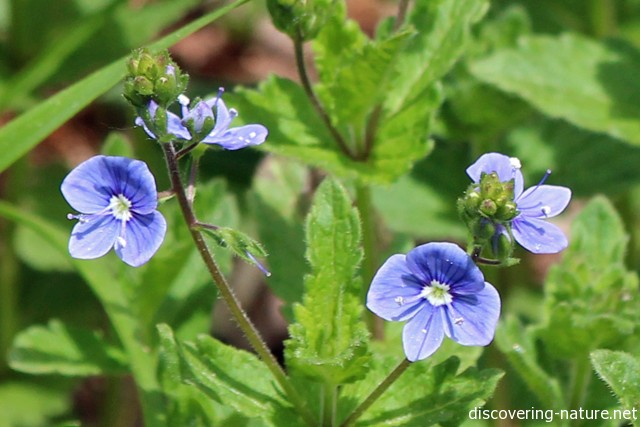
Bird’s eye speedwell 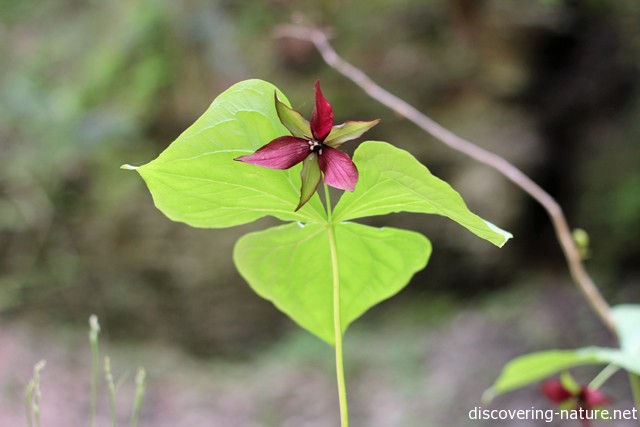
Trillium 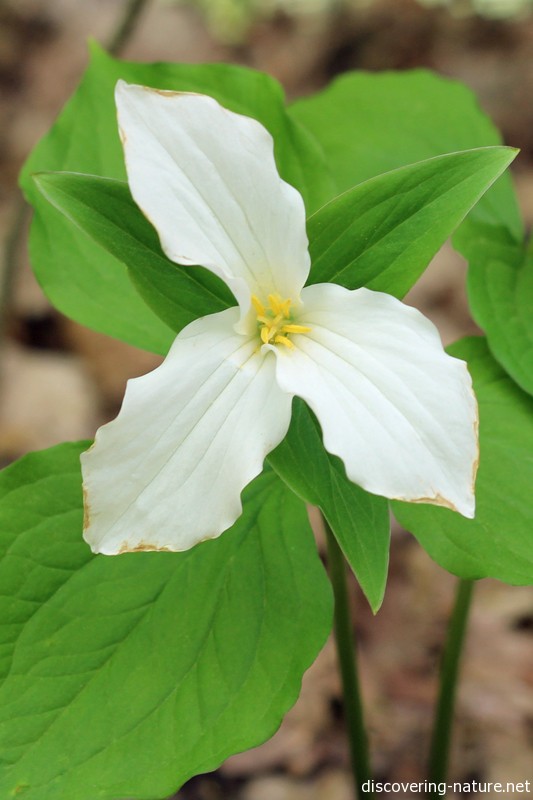
Trillium 
Wild geranium 
Forget-me-not 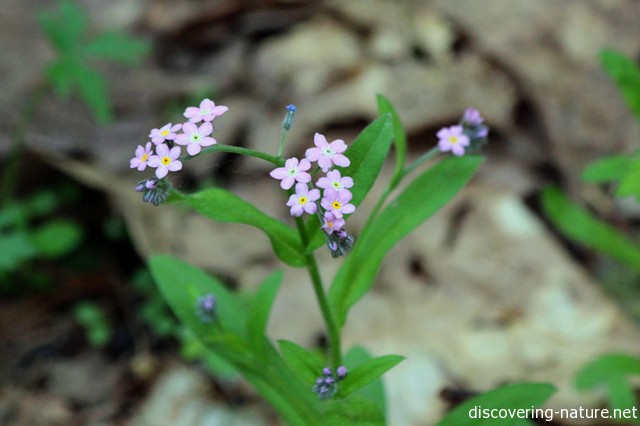
Forget-me-not, pink version? As the girls played, I noticed they were being overseen by a tree that looked like it had a face. Maybe it’s an ent…
As I listened to the girls, it occurred to me to wonder whether they would be better off doing something more organized with other children. Are all these hours outside really what they need? It struck me that at some level I’m trying to give them something I had as a child: time to play in the woods. There were woods behind my house growing up, and a creek too. My memories of childhood involve more of the woods than of experiences with other kids. I caught toads, played with my plastic horses out there, and often found clumps of trees or streamside nooks that seemed like natural playhouses. Once, I remember coming home to a spanking; I’d been sitting by the creek not far from the house, daydreaming, while apparently my mother had been calling and calling for me. She was worried; I’d never heard a thing over the happy sounds of the flowing water.
I didn’t know as much about nature as my daughters do. They know the names and sounds of many birds — over 100 already. They know the names of more trees than I did, and what kinds of creatures thrive on the old decaying logs lying along the stream. And unlike me, who in the more innocent era of my childhood spent many hours alone in the woods, they are always attended by a parent — granted, one who tries to become invisible while keeping them in view, but one who’s there just the same, my mace and cell phone safely stored in my camera case, ready to take on any potential sinister creatures who come our way. (None ever have.)
I think that there are great advantages to these experiences. The natural knowledge they’re accumulating. The ability to be alive and interested and imaginative without props. The wealth of shared memories. The love for wild places that will mature into what Aldo Leopold called a land ethic. And then there is what I can only think of as the strengthening, quieting effect of spending time in a natural setting. Generally speaking, it’s never a bad thing to have opportunity not just to live, but to reflect on one’s living. That may be where the sense of self is most formed.
Yet spending time this way is a choice against other ways of spending it, many of them involving more structure and social interaction. Every now and then I stop to wonder whether we’re getting the balance right. I hope so. I don’t want something that’s so good in so many ways to end up isolating.
On our way out, we heard occasional bursts of birdsong. These woods are so dense, and cover so many acres, that the birds aren’t concentrated in flocks that can be easily seen. We didn’t see a blackburnian warbler, as I’d hoped we would. But we saw a black-throated green warbler, a chestnut-sided, a catbird, a few towhees, a Baltimore oriole, several robins, and, finally, a new bird:
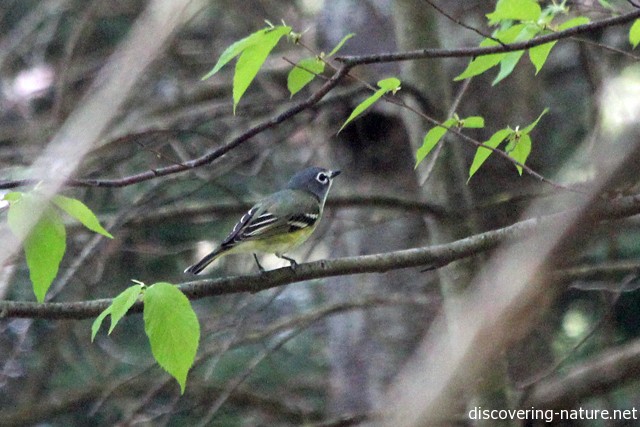
Blue-headed vireo It was hawking insects like a phoebe, and singing.
We also saw this battered mourning cloak butterfly sunning itself.

